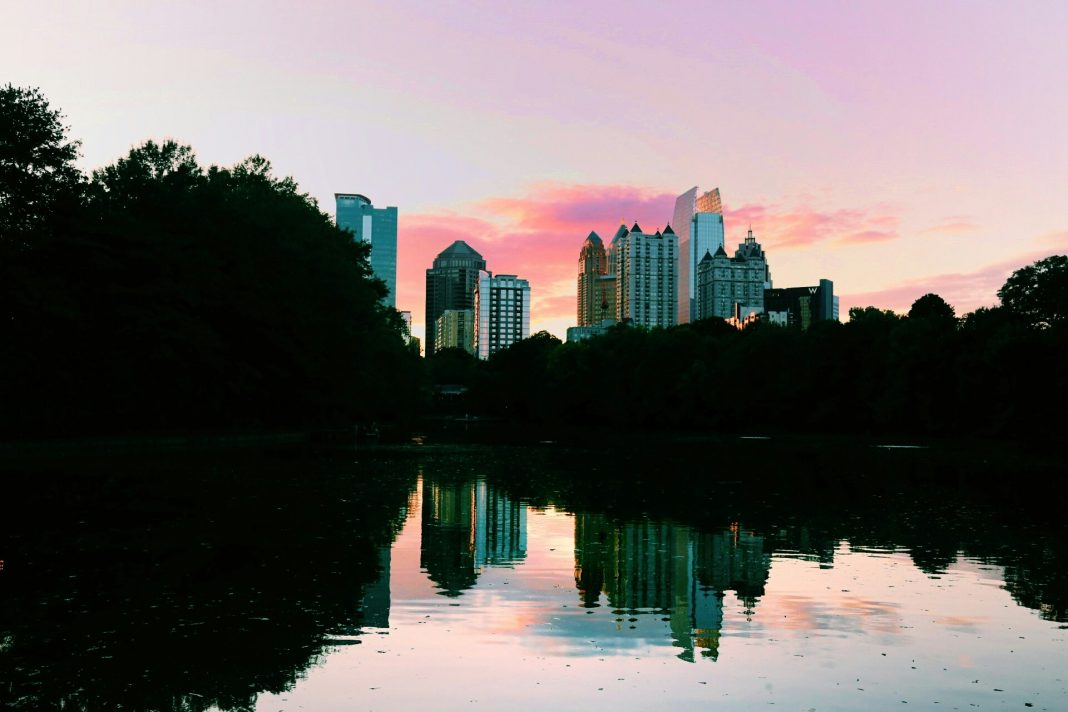
The Challenge of Unity
The question of unity between the groups that follow Kamala Harris and Donald Trump—or more broadly, between progressive and conservative America—seems increasingly complex. Over the last several years, polarization has deepened in ways that go beyond political disagreements. Dope people are unfriending other dope people because of these passionate positions behind candidates 1 & 2.
It has evolved into a cultural and ideological divide, where each side often views the other not merely as opponents, but as existential threats to their way of life. This polarization is driven by media, social platforms, and leaders who capitalize on fear and division, making unity appear elusive.
If Not, Why Not?
If unity is not achieved, it may be because the ideological gap between these groups is too wide to bridge without a radical shift in American society. Here are some of the reasons why unity may remain out of reach:
- Cultural and Ideological Divide: The ideological differences between progressive and conservative factions have become more about identity than policies. Issues like immigration, race, and gender equality are emotionally charged and deeply ingrained in people’s sense of self. When politics becomes personal, compromise is often viewed as betrayal, making unity difficult to achieve.
- Echo Chambers and Misinformation: The role of social media in reinforcing beliefs and creating echo chambers where like-minded individuals reinforce each other’s opinions cannot be overlooked. The algorithms that drive these platforms tend to push users towards more extreme content, further entrenching their views and demonizing the other side. Additionally, misinformation has spread at an alarming rate, exacerbating the divide and fostering mistrust.
- Lack of Trust in Institutions: Both sides harbor deep mistrust of political institutions, media, and even science—albeit for different reasons. Without trust in the same facts or figures of authority, it’s hard to find common ground. If one group sees institutions as corrupt or biased, while the other views them as legitimate, unity becomes virtually impossible.
- Political Leadership and Incentives: Political leaders often benefit from division. Polarization drives votes, media attention, and funding. Politicians who try to bridge gaps are often marginalized or criticized for not being “loyal” to their base. Until the incentive structure within politics changes, leaders may continue to stoke division to secure power.
If So, What Would the Process Be Like?
If unity were to happen, it wouldn’t occur overnight. It would require deliberate, long-term efforts to heal divisions, rebuild trust, and foster empathy across the political spectrum. Here’s what that process might look like:
- Dialogue and Empathy: The first step toward unity would be fostering real dialogue. This means creating spaces where people from opposing views can communicate in a respectful manner, listen, and understand the fears and motivations behind each side’s beliefs. Empathy must be cultivated, allowing individuals to see each other as humans with different perspectives, rather than enemies.
- Civic Education and Media Literacy: A significant part of the division comes from misinformation and misunderstanding. Increasing civic education, promoting media literacy, and teaching individuals how to critically analyze information would help bridge some of the gaps. If people had a better understanding of the democratic process and a greater ability to distinguish fact from fiction, they might be less susceptible to divisive rhetoric.
- Reforming Political and Social Institutions: Unity may require reforms in political institutions to restore faith in democracy. This might include campaign finance reform, changes to voting laws, or reforms in the media landscape. The goal would be to create systems that foster cooperation rather than competition, making it easier for leaders to engage in bipartisan work without fear of retribution from their base.
- Economic and Social Investments: Many of the divisions in the country are driven by economic inequality and perceptions of fairness. Addressing systemic inequality, improving access to education, healthcare, and job opportunities, and fostering a more inclusive economy could help ease some of the resentment that fuels political polarization. If people feel more secure in their lives and futures, they may be less inclined to see others as threats.
- Leadership and Role Models: Finally, unity would require strong leadership—leaders who are willing to risk political capital by promoting cooperation and healing. These leaders would need to prioritize the well-being of the country over party loyalty, setting an example for future generations. Their role would be to inspire, to show that compromise is not weakness, but rather the foundation of a functioning democracy.
Relentless Says…
The path to unity is long and fraught with challenges, and it’s entirely possible that unity as we imagine it—a coming together of deeply divided groups—may never fully happen. Something tells me that we love to hate more than we love to love. However, incremental progress toward cooperation and understanding is possible. It will require systemic changes, commitment from leadership, and, perhaps most importantly, a shift in the mindset of everyday citizens to engage in difficult conversations with the goal of healing, not winning. Whether this happens depends on the willingness of the nation to prioritize unity over partisanship.





